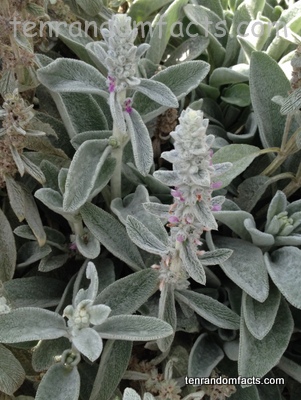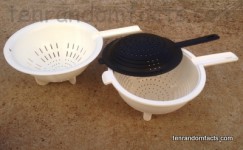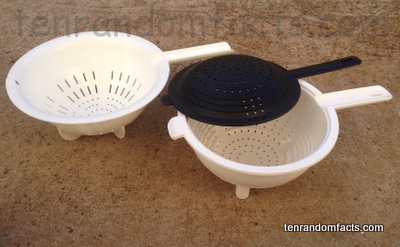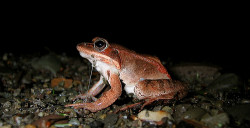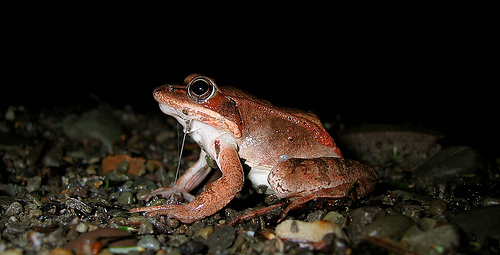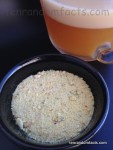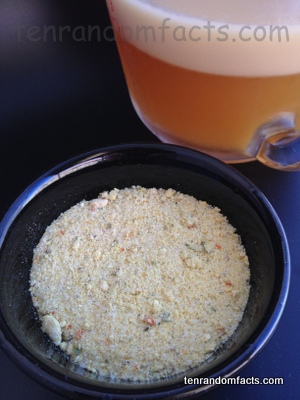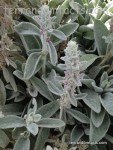
Lamb’s ears are a bit more on the vegetarian side.
- Lamb’s ears are primarily perennial evergreen plants native to Turkey, Iran and Armenia in Europe.
- The scientific name of a lamb’s ear plant is Stachys byzantina, from the family Lamiaceae, the family of mint, and the plant is also known as ‘lamb’s tongue’ and ‘woolly woundwort’.
- The leaves of lamb’s ears have a soft velvety texture and are shaped like the ear of a lamb, hence the common name, and they are a silver grey-green colour, and when the leaves are young, they tend to be more green in colour.
- Flowers of lamb’s ears bloom during spring and summer on long stems that sit above the plant, and the small flowers range from a pink to purple colour.
- Lamb’s ears typically grow to be 30 to 45 centimetres (12 to 18 inches) tall, and the flower spikes add another 10 to 22 centimetres (4 to 8.7 inches) to the height of the plant.
- Lamb’s ears are often used to decorate gardens and recreational areas, and they commonly attract children due to their soft furry texture.
- The most successful conditions for growing lamb’s ears involve full sun and locations that do not pool water, although they do endure other situations relatively well.
- Lamb’s ear plants benefit from being divided and it is a good way to obtain more plants, and they can also be grown from seed.
- Excessive quantities of water and high humidity levels can cause lamb’s ears to become diseased or rot, and they do have the habit of spreading, especially in ideal growing conditions.
- Lamb’s ear plants have been used as an alternative to toilet paper and medicinally to treat wounds and the like, due to their antiseptic and other medicinal properties, and the leaves are also edible and can be made into a tea.
Bibliography:
Lamb’s Ears, 2014, Plant Care Guides, http://www.garden.org/plantguide/?q=show&id=3370
Stachys Byzantina, 2015, Gardening Help, http://www.missouribotanicalgarden.org/PlantFinder/PlantFinderDetails.aspx?kempercode=p980
Stachys Byzantina, 2015, Perennials.com, http://www.perennials.com/plants/stachys-byzantina.html
Stachys Byzantina, 2015, Wikipedia, http://en.wikipedia.org/wiki/Stachys_byzantina





